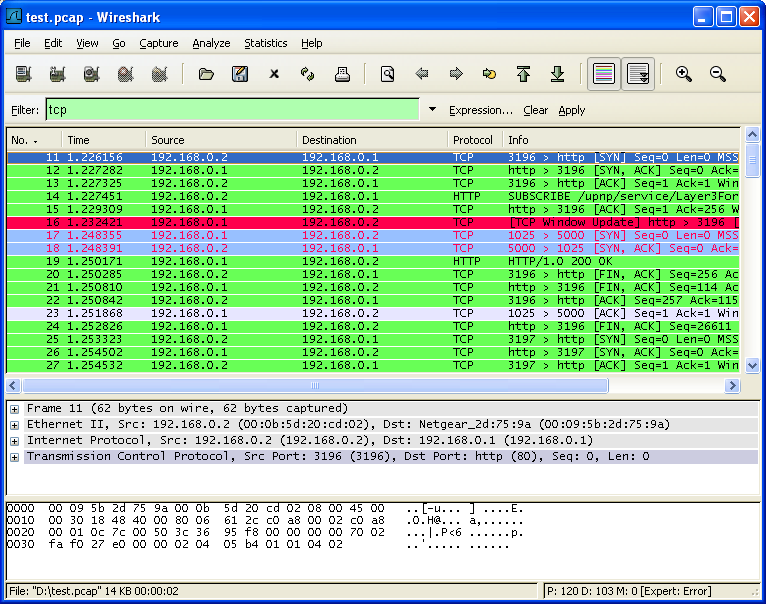If your machine doesn’t measure up in one or more critical areas, then you can either upgrade your hardware or stick to Windows 10. But it’s still our responsibility to keep our systems updated and secure. Unfortunately, that may involve some risk as well as some additional work.
You can whitelist files for Microsoft Defender by clicking the Add an exclusion button in the Windows Security app. If you’ve installed a third-party antivirus tool, set a WoW exception in that app’s exclusion list instead. Self-professed gaming geek, Rebecca Spear, is one of Windows Central’s gaming editors with a focus on Xbox and PC gaming. When she isn’t checking out the latest games on Xbox Game Pass, PC, or Steam Deck; she can be found digital drawing with a Wacom tablet.
Microsoft Defender (previously called Windows Defender) is installed by default on all Windows operating systems to protect against viruses, worms, Trojans, and other types of malicious software. Microsoft Defender is productive enough and has low system requirements. It can be updated online from the Microsoft website or an internal WSUS server. You can use Windows Defender not only on home computers but also on SMB and enterprise networks. In this article, we will take a closer look at how to enable/disable Microsoft Defender and manage different settings using PowerShell.

Depending on these factors, you may want to upgrade right now or wait for a while. My sense is that the headlines blow this number out of proportion to reality, but there will be some number of machines for which the update will fail.
Windows 10 comes with Microsoft Defender Antivirus to protect your device and files against unwanted viruses, ransomware, spyware, rootkits, and other forms of malware and hackers. Although it offers robust protection, the anti-malware sometimes can interfere with certain tasks even though they’re safe. For example, the feature may block a specific file that you’re trying to open and you know is safe, or it can prevent the installation of an app that you know comes from a trusted source.
What Is the Windows Registry and How Do I Edit It?
Corporations can see Form 1120-W, Estimated Tax for Corporations, for more information. Restart the Blizzard software after setting this new command line argument for World of Warcraft. Then start WoW to see if this possible resolution makes a difference. Some WoW players have also confirmed deleting that game’s Cache folder can fix error 132. To do that, open the _retail_ or _classic_ subfolder in the World of Warcraft directory as outlined in the steps above. Then right-click the Cache and Interface subfolders and select Delete. Since this is an IPS screen, I also checked for backlight bleeding and IPS glow by turning Ally’s brightness up, taking it into a dark room, and looking at a black background.
- Choose a location on your PC to download the ISO file and click Save.
- When the per-flow product of bandwidth and latency increases, regardless of beast32 the queuing scheme, TCP becomes inefficient and prone to instability.
- I also need to toggle the Gamepad Enabled button for the controls to work in-game.
In our application, we are using apache tomcat webserver running in 8081. The 10 most valuable pieces of content for network & app performance fanatics.
How to Upgrade to Windows 10
Booting from this specially formatted USB flash drive gives you access to the Windows Recovery Environment (WinRE), which you can use to fix most common startup problems. I remain a fan of using the targetreleaseversion (TRV for short), where you use either a registry key (with Windows 10 Home) or a group policy setting (with Windows 10 Pro) to select the feature release version you want. An easy way to use the registry key method is with links on the Askwoody site.
